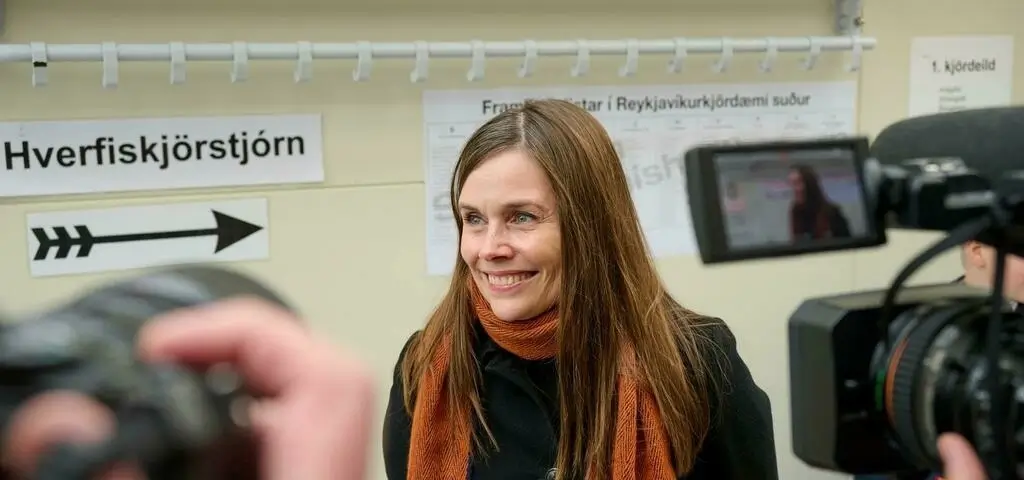Introduction to Pamela Close Kolbeins and her legacy
When the name Pamela Close Kolbeins is mentioned, praise is always placed on the innovation she brought to the world of education. Indeed, she is a trailblazer who shaped the art of teaching with her unique methods. The principles devoted to educating students and developing their interests have motivated many people in education. But who was Pamela Close Kolbeins? What observations gave rise to her groundbreaking thoughts, and what obstacles did she face to become a symbol of modernity? As you move forward with this paper, find answers to the above questions and understand the distance Pamela Close Kolbeins covered to leave a mark in the field of education.
Early Life and Education of Kolbeins
A young Pamela Close Kolbeins, born into a somewhat more traditional world, was destined to participate in the educational revolution at some point. Early on, she displayed an insatiable thirst for knowledge, which favored her intellectual development. While inactivity and staying passive were not options for her, she nurtured some dedication to teaching because she grew up in a family with high educational standards.
Kolbeins was a woman who set her sights high by completing her higher learning in reputable institutions. She advanced her studies in many other spheres and related them with her fanatical interest. Because of her accumulated interdisciplinary knowledge, she presented her prospective students with didactic models.
These years nurtured her viewpoint on learning. They left her with the idea that learning should evoke interest and focus on the student rather than the teacher. However, things were to change as Pamela moved on to higher studies. It was evident that this was the start of a new chapter in her life that was going to have a disruptive impact on the future of education.
Mary Pamela Close Kolbein has been credited with transforming many aspects of modern education. The many aspects of her work that have enabled her to do this all stemmed from creativity, which in itself has enabled her to change paradigms to make education more enriching and attractive to students from different walks of life.
She popularized the concept of making education more individualized and tailored to people’s learning styles, as it was evident that not everyone learns the same way. This realization of variety in student requirements led many teachers to start practicing individualistic teaching.
Kolbeins also emphasized other aspects of education, stressing critical thinking instead of memorization. She created a culture that valued curiosity by encouraging students to probe and examine concepts rather than passively absorb them.
Her impact did not stop in the classrooms; it also affected education policy. There was a shift towards adopting programs integrating emotional development within academic environments in various schools nationwide.
She primarily concentrated on the need to be a deep learner rather than a passive one, a trait many enculturated students often cannot achieve. Societies all over the world are now creating new professions that are slowly beginning to embrace Kolbein’s principles.
The Influence of Kolbeins on Modern Education
The teaching methods that Pamela Close Kolbeins advocated for and practiced saw a change in the way classrooms were organized. She preferred active learners to passive androids programmed to memorize facts and figures.
In her classes, students took part in the learning process. They worked on engaging, thought-provoking, and creative projects. This approach helped learners go beyond simply scratching the surface of a topic.
Kolbeins, furthermore, was not only focused on societal improvement but also believed education should be catered to the individual. By valuing all forms of learning, she was able to achieve an inclusive classroom culture.
Her remarkable methods did not only focus on academic instruction. They also sought to develop social and emotional competencies. Children learned how to cooperate and interact, solve disputes, and establish relationships.
The influence of these methods continues to speak for themselves today as schools incorporate new schemes with similar goals aimed at the physical cognitive affective development of all learners.
Implementation of Progressive Teaching Methods
As the multifaceted teacher she is, Pamela Close Kolbeins is set about revolutionizing how students learn. She advocated for education that could be tailored to the needs of each student in a specific individualized style. This then gave birth to curricula specifically constructed to suit students’ engagement at the individual level.
Due to her strong emphasis on instruction strategies that develop critical thinking, the classroom norm has changed. Instead of merely taking in knowledge, students were asked to inquire, seek, and grow their concepts. This change nurtured a thirst for education beyond the textbooks’ walls.
In her teaching practices, Kolbeins could also integrate social-emotional learning. Students were encouraged to cultivate the ability to bounce back from adversity and the ability to practice compassion. Both attributes are important when dealing with academic work and interpersonal relations.
The cross-generational success of the learners under this progressive structuralism bears testimony to the effectiveness and lasting impact of her methodologies. Her methods are still relevant for teachers who aspire to train pupils holistically today.
Impact on Student Learning and Development
Pamela Close Kolbeins faced many hardships. She had to struggle with the criticism of many opponents who stuck with the old schooling and child treatment reforms. The critics often belittled her ideas by referring to them as too eccentric and impractical to be usable in teaching.
Owing to these setbacks, Kolbeins continued with her principles. She firmly believed in pupil-centric teaching methods that promoted the use of intelligence and creativity. Her grit formulated a new path for many new reforms within educational institutions.
Kolbeins also faced institutional constraints when adopting new curricula. Because of limited staffing and conventional approaches in many schools, a number of her strategies were not embraced. Still, through perseverance and working with other educators who shared her mindset, she was able to implement programs that positively affected many students.
She did not only succeed in changing the curriculum, but also created the culture that allowed teachers to take risks and creativity without the fear of being punished.
Challenges Faced by Kolbeins and Her Achievements
Following Pamela Close Kolbeins’s legacy requires believing in her inventive approach in the current educational environment. Staff in educational and managerial positions should use her principles of progressive techniques to provide students with the best teaching experience.
Currently, schools are focusing on integrating technology with hands-on design and group work—aspects that Kolbeins promoted in her career. This change shows a shift in the need for change in instructional approaches.
In addition, they can commemorate Kolbeins’ focus by advocating for unity among the student body, which enables each student to feel worthy. It is important to increase students’ critical thinking and creativity.
Communities also sustain these values. Having parents involved and working with the community can add value to the educational programs while upholding her ideals of working together.
When we honor Pamela Close Kolbeins, we mean bringing her ideas into present-day classrooms. This approach ensures that future learners will have an innovative and humane education.
Conclusion
Colbeins Pamela Close is an example of how her determination changed the face of education. Colbeins’ investments in progressive ideas and improving teaching practices remain relevant to every educator.
Many people across generations, inspired by the principles she promoted, have stayed true to their goal of instilling a love for knowledge in schoolchildren. Today, we can note with certainty that her genius is truly evergreen.
The principles she taught are of paramount importance even today, given the focus on active learning and other forms of all-around development of the students. What Pamela Close Kolbeins is remembered for today is that education is about much more than using a book; it is also about developing the thinking and creative abilities of the learners.
She encouraged other future revolutionists to defy the established order to improve educational systems. Most importantly, her legacy inspires educators and populations that wish to transform the education sector.
FAQ’S
What prompted Pamela Close Kolbeins to become an educator?
Pamela has loved teaching since she was a child. She appreciates the capabilities every child possesses and aspires to reach out through teaching.
Which modern teaching techniques did she integrate?
Kolbeins encouraged project-based learning, critical thinking, and teamwork, which enabled students to delve into the concepts actively.
In what manner did her labor contribute to the development of students?
Her approach helped to instill maturity, inventiveness, and self-assurance in students. Many people consider the lessons they took with her valid and valuable.
Were there any notable barriers to the progression of her career?
Like many other early adopters, Kolbeins met some resistance to change when she attempted to introduce innovations into the established order. Nonetheless, her hard work paid off with several critical successes in developing innovative approaches to education.
What would be the relevance of such a question today for teachers?
Kolbeins would be proud of educators who implement a student-centered approach and foster creativity in resolving classroom issues.






